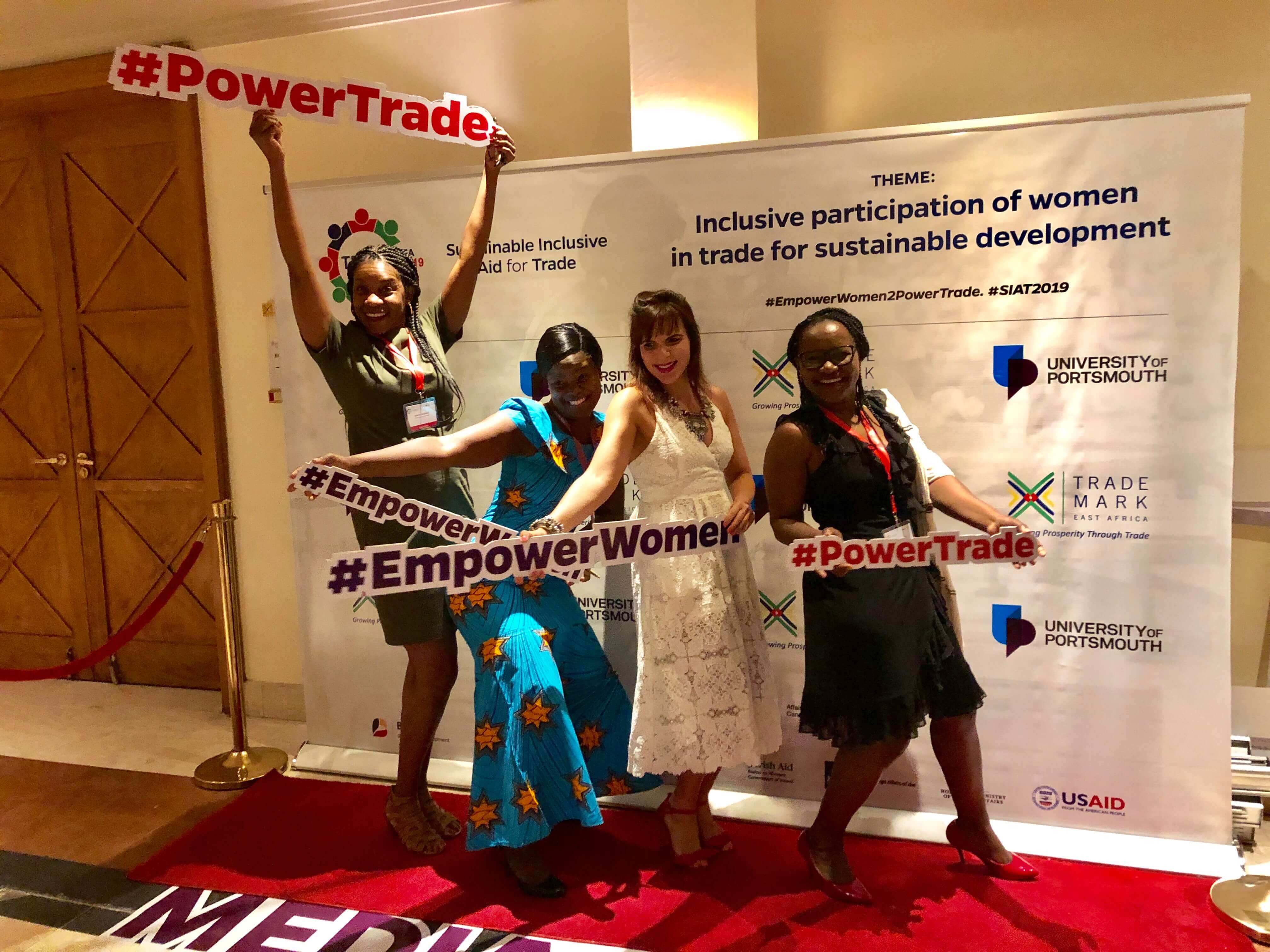Symposium on Inclusive Participation of Women in Trade, which took place in Nairobi in September, was co-organised by Professor Leïla Choukroune and attended by Nancy, who is a PhD Candidate in the Faculty of Business and Law. Nancy says: ‘The Symposium dealt with the broader perspective of emerging global issues in trade and narrowed down to inclusivity of women in trade from a gender perspective. The event attracted high-level dignitaries including Kenya’s Minister for Trade, UNCTAD Secretary General, Ambassadors and CEOs from various organisations across the globe. Various presentations were made by specialists ranging from information technology, data analyses and legal perspectives. My paper was titled:’Legal Framework for Inclusion of Women in Trade: Case of the United Kingdom vis a vis Kenya.’ This was informed by the 2030 United Nations Agenda for Sustainable Development, which included 17 Sustainable Development Goals (SDGs) aimed at ending poverty, hunger and inequality, supporting action on climate change, improving access to health and education, and building strong institutions and partnerships. The inclusion of a standalone goal (Goal 5) on women’s equality, as well as the mainstreaming of gender and inclusion through the other 16 goals, is a key achievement for the international community. Gender inequality in most spheres of development remains a major barrier to human development. The presentation demystified the legal and institutional framework of the rights of women in trade, reasons for the shift from exclusion and marginalisation of women for many decades and an increase in inclusion by creation of relevant legislation...
IMPROVING GENDER EQUALITY IN TRADE AS A WAY OF AIDING DEVELOPMENT
Posted on: October 24, 2019
Posted on: October 24, 2019
















